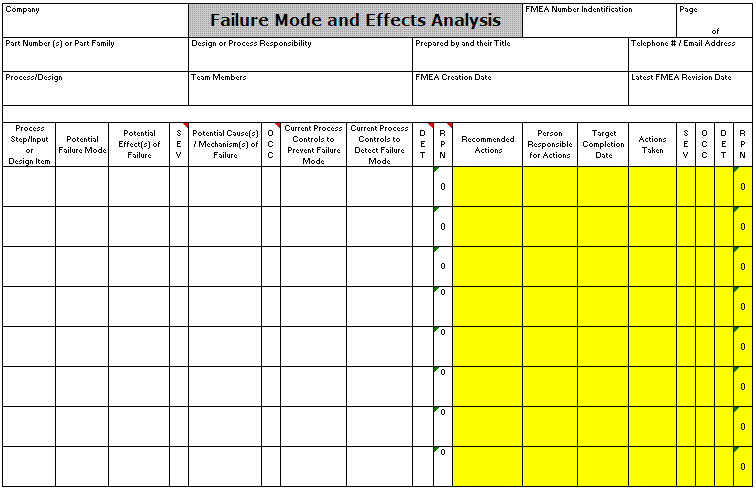Six Sigma Kano Template Definition
You will acquire the abilities and skills to implement Six Sigma effectively and economically, learn how to play a key role in a Six Sigma transformation initiative, and become highly visible to top management as a leader in this area. Topics • Identifying core processes and key customer considerations • Defining customer requirements • Measuring current performance • Define opportunities for improvement • Measure the relevant processes requiring improvement • Gather and analyze data to investigate causes • Improve, control and redesign processes Frequently Asked Questions.
In the first scenario, the Kano model implies that the customer will adopt a neutral attitude towards the product or service. This means that customers are unlikely to become regular customers and can easily switch to any other brand that satisfies the same needs. In the second scenario, the Kano model implies that customers may become loyal to a certain extent but the chances of customers shifting to other available brands cannot be completely denied. In the third scenario, the Kano model implies that customer satisfaction levels are at their highest and it is highly unlikely that they will opt for other brands in the near future until and unless there is a drastic change in the quality and consistency of the product or service that they are currently using. Importance Of The Kano Model Using the Kano model as a basis for assessing the effectiveness of a product or service has become quite commonplace, especially by teams that are entrusted with the responsibility of making the best quality products or services available to customers at reasonable rates. Doing a Kano analysis has now become a necessity for most businesses because competition has increased manifold in today’s globalized world where customers have become more demanding and more critical of the quality and prices offered to them. Businesses can no longer hope to survive for long just by satisfying the basic needs of customers; and as such, they need to be constantly on their toes for making newer products and services available to customers that not only satisfy their basic needs but also exceed their expectations.

By offering something that is much more than what the customers expect, businesses can hope to gain the competitive edge that is necessary for the long-term success of any business enterprise. Use Of The Kano Model Six Sigma teams use the Kano model for making changes to an existing product or service or designing and developing a new product or service from scratch. For making changes in an existing product or service, Six Sigma professionals first analyze the efficacy of the product or service in terms of customer satisfaction levels. After this powerful simulation tools are used for studying the likely effects that the changes will have on customer satisfaction levels. Changes that offer maximum benefits are then selected and implemented using standard Six Sigma tools and techniques. Cw Skimmer Serial here. Download Aplikasi Kasir Full Version more.
Kano Dynamics. Each Kano Model should be kept and saved with a specific date and notes regarding each. Six Sigma Templates & Calculators $ 14.95 USD. Six Sigma Tools & Templates Kano Analysis The Kano Analysis. The Kano Analysis: Customer Needs Are Ever Changing.
If the objective is to develop a completely new product or service, use advanced simulation tools that indicate the likely effects of the suggested product features with the help of Kano graph models. The Kano model is an effective Six Sigma tool, but it has its limitations.
It can only be used for analyzing the effects and certainly not for suggesting new product features, something that is quite difficult to achieve. The limitations, however, have not affected the use of the Kano model, as its advantages are far greater than its limitations.